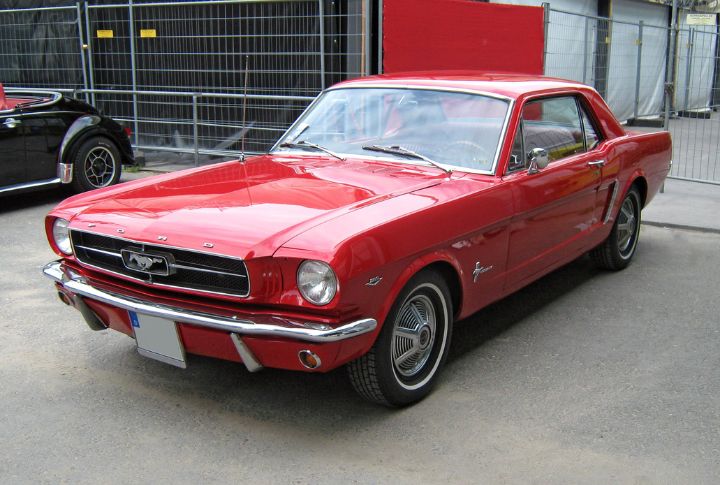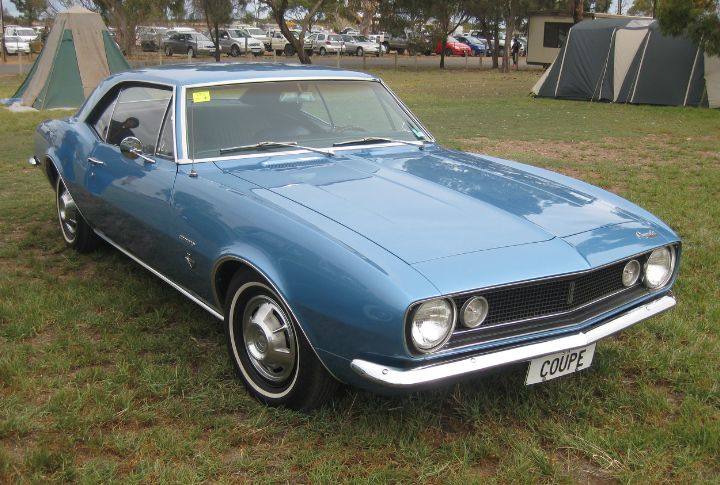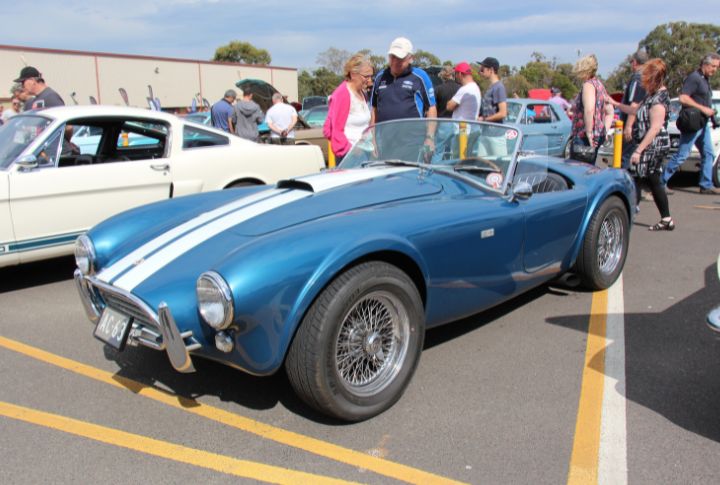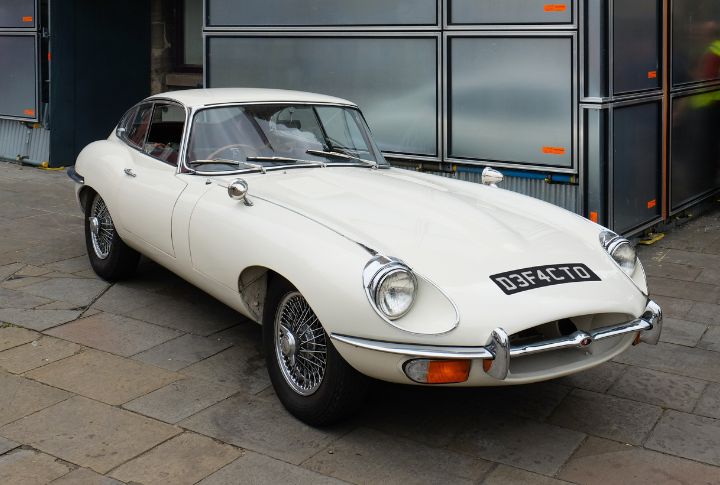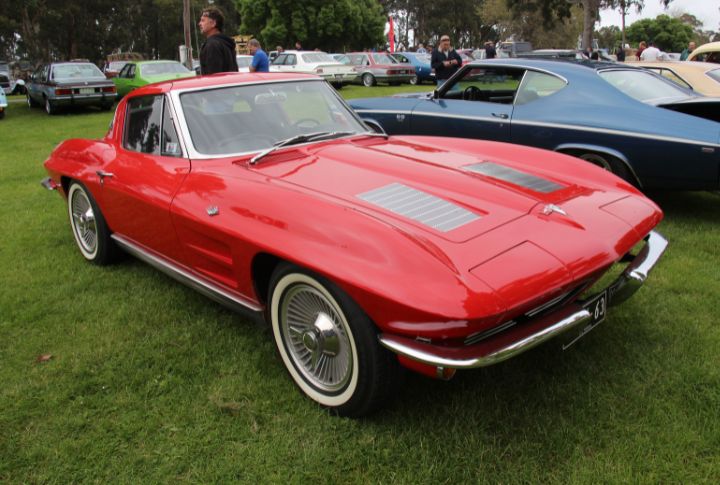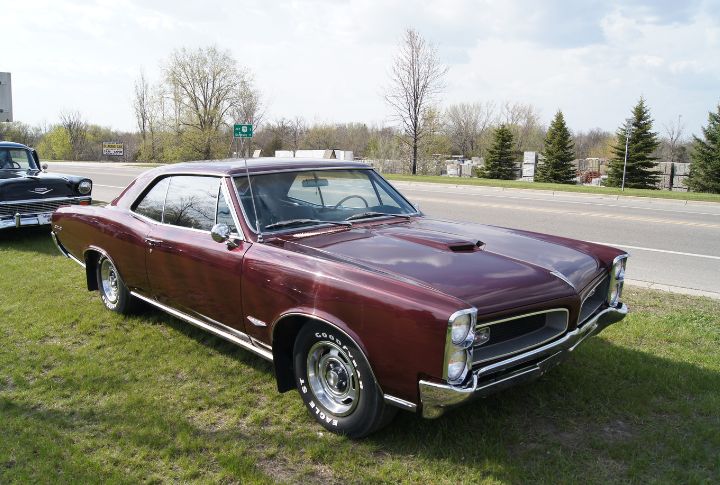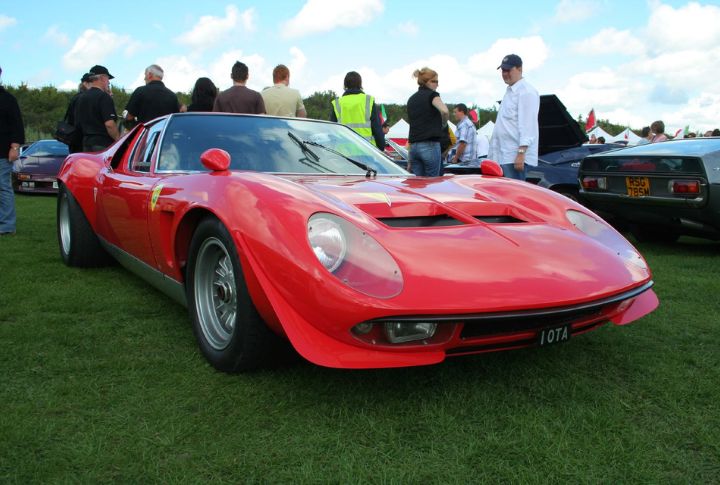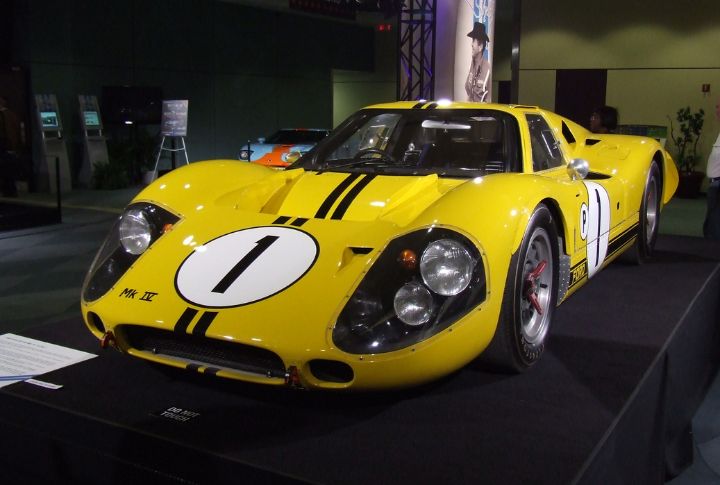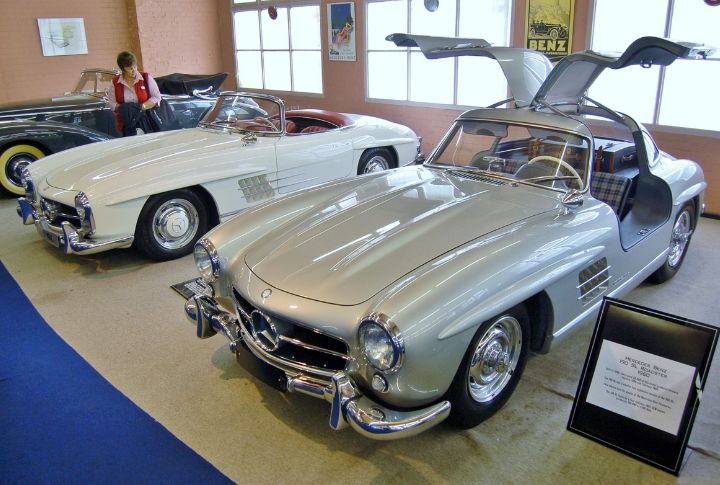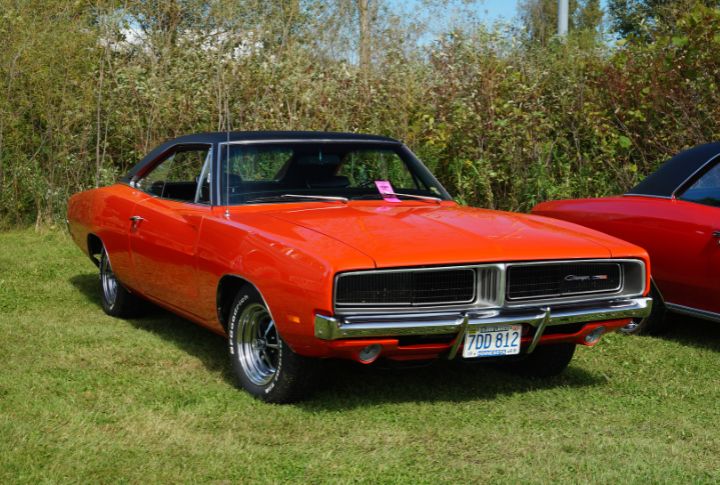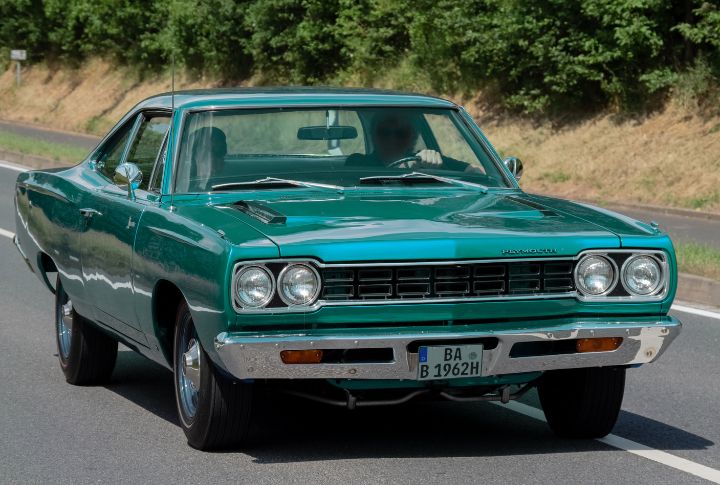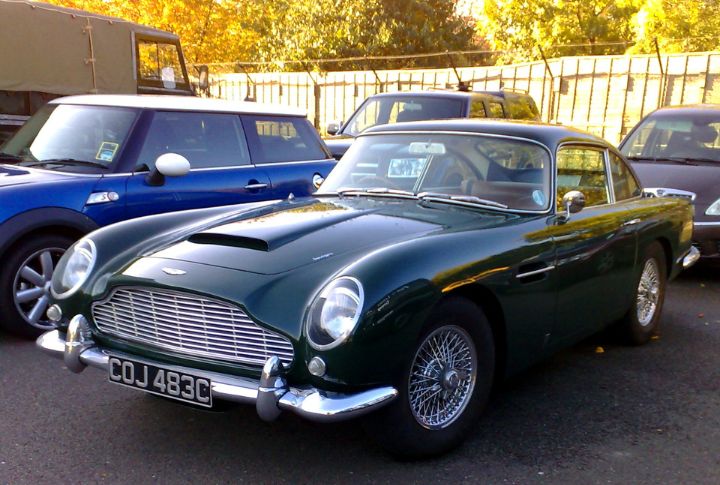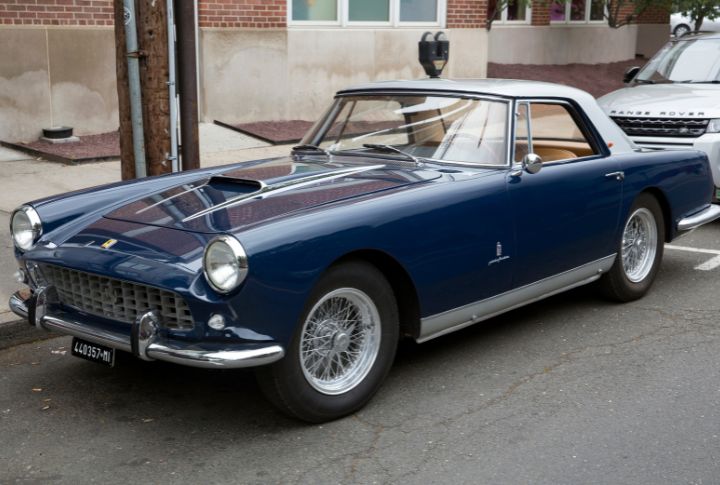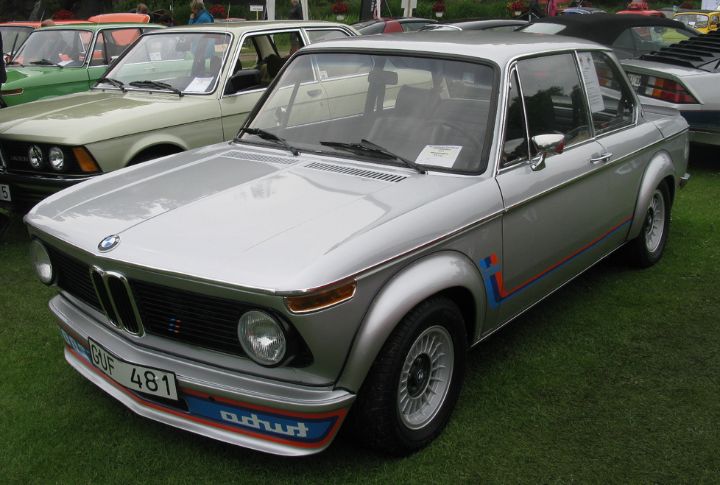Oldsmobile, a brand synonymous with innovation and style, produced about 35 million cars within a century. Once a leader in the muscle market, their vehicles roared down drag strips because they weren’t afraid to push boundaries. But time can be cruel, and some Classics have faded from memory since GM discontinued America’s oldest automaker in 2004. Though forgotten, these 15 cars are a worthy reminder of their brilliance.
1940 Oldsmobile Custom 8 Cruiser Series 90
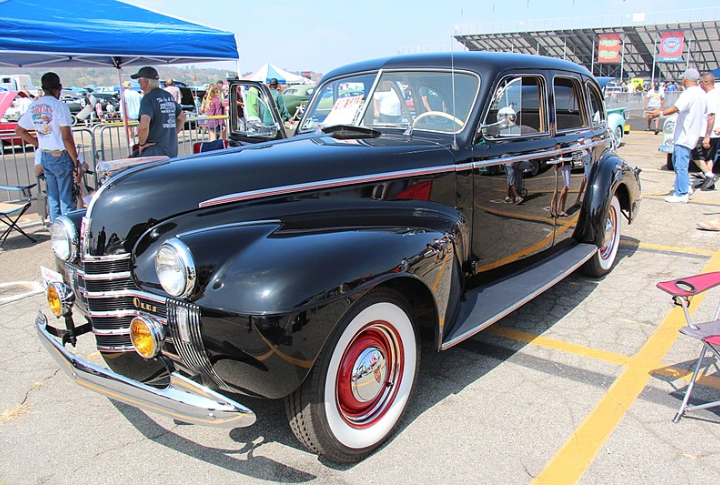
The Series 90 succeeded the well-regarded Series 80 but had more oversized dimensions, wider fenders, a 124-inch wheelbase, and a bolder design. This car is the first one-millionth car Oldsmobile ever built and came with a 257 cubic inch inline-eight engine. The Series 90 introduced the Hydra-Matic Drive, the brand’s first fully automatic transmission, which paved the way for newer technology.
1962 Oldsmobile F-85 Jetfire Wagon
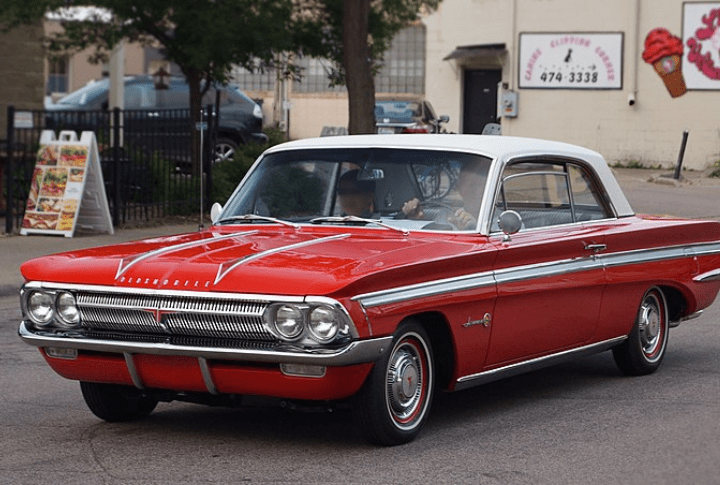
Unlike most wagons designed for essential use, the Jetfire Wagon had a turbocharged 215 cubic inch V8 engine. This innovative feature, derived from the Cutlass Jetfire coupe, made the car a unique blend of muscle and family-friendly functionality. It also had one of the first turbocharging systems in the automobile industry that worked by mixing distilled water, methanol, and a corrosion inhibitor in a special tank.
1966 Oldsmobile Toronado
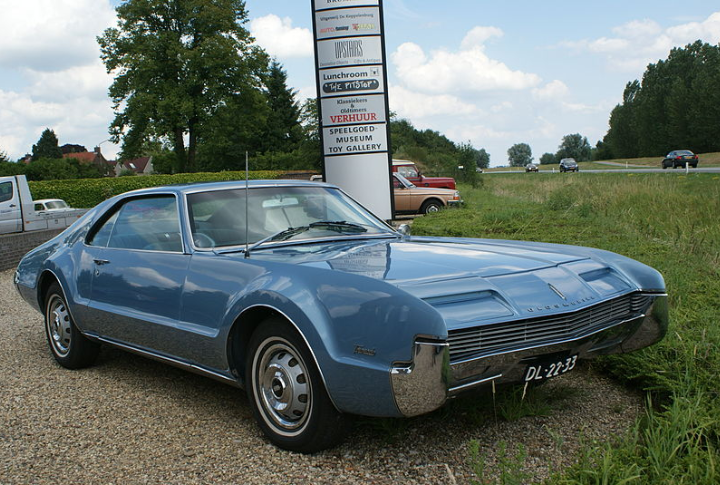
In 1966, most American cars relied on rear-wheel drive before the Toronado challenged the norm as the first mass-produced American front-wheel-drive car since the 1937 Cord. It had a sleek design with a long, flowing hood, a sloping roofline, and concealed headlights. Besides its impressive looks, early models had a massive 425 cubic inch V8 engine that gave it the coveted Motor Trend Car of the Year award in 1966.
1980 Oldsmobile Cutlass 442 W-30
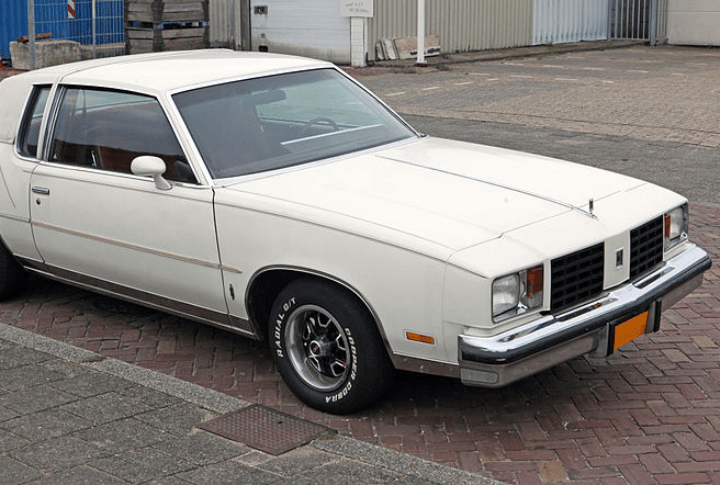
Compared to earlier counterparts, the 1980 442 W-30 battled stricter emissions regulations that decreased its horsepower. To make up for its 185 HP engine, Oldsmobile provided optional luxury features like comfy bucket seats and air conditioning. Also, the 442 W-30 retained its muscle car heritage with a distinct hood, functional air vents, quad rectangular headlights, and special badging.
1992 Oldsmobile Achieva SCX W41
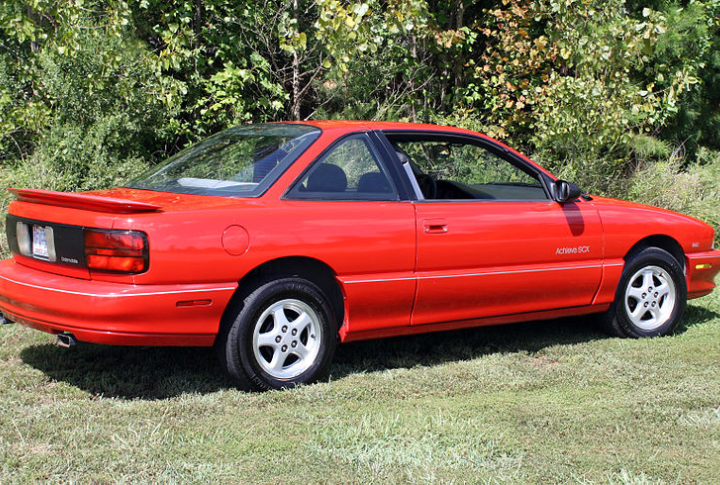
The SCX W41 was open about announcing its sports racing intentions. It had distinctive body cladding, a revised front bumper with fog lights, and a higher-capacity speedometer on the interior. Likewise, the sport-tuned suspension gives drivers better control when speeding around corners. It also had the company’s first dual overhead cam.
1949 Oldsmobile Rocket 88
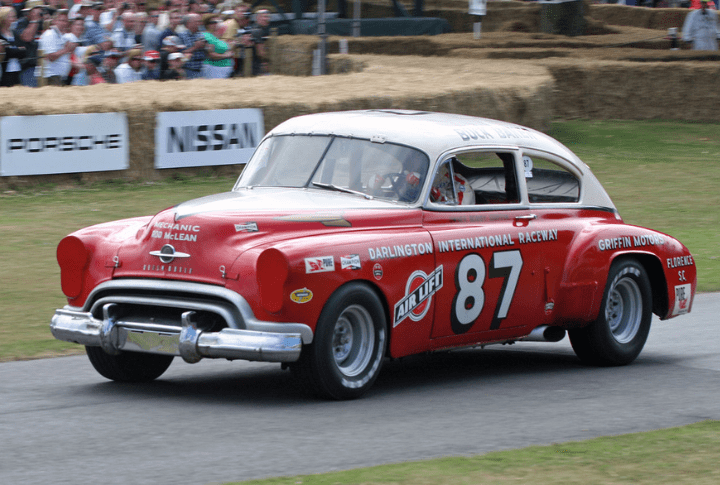
The Rocket 88 is remarkable in automotive history for a few reasons. It came equipped with the new and powerful 303 cubic inch (5.0 liter) Rocket V8 engine, generating around 135 HP. It also dominated early NASCAR races (then known as the Strictly Stock Division) in 1949, winning a significant portion of the races that year.
1967-1968 Oldsmobile Delmont 88
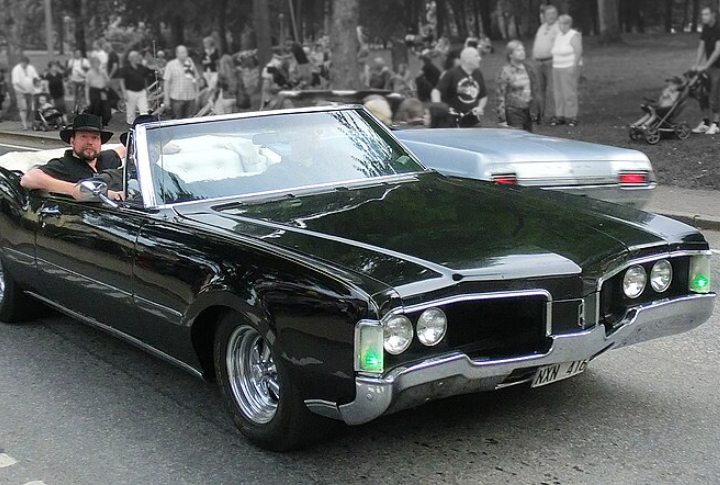
You’re looking at Olds’ best-selling line from production year till 1974. Sadly, the Delmont 88 got lost in the sea of 88s, and many have forgotten it for years. Buyers could choose from a four-door Holiday Sedan or a two-door Holiday Coupe. Both had spacious interiors, comfortable and suitable enough for people with families.
1963 Oldsmobile Cutlass F-85
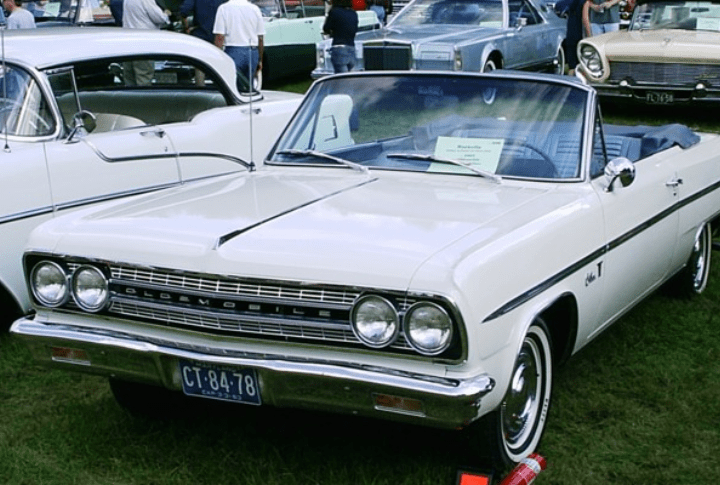
Before 1963, the F-85 was considered a compact car. However, things changed this year as the carmaker significantly redesigned the F-85, increasing its size by four inches and transforming it into a mid-size car. The Cutlass F-85 came in various body styles, including a two-door coupe, a four-door sedan, and a station wagon. This selection provided options for a broader range of buyers.
1957-1958 Oldsmobile Fiesta Wagon
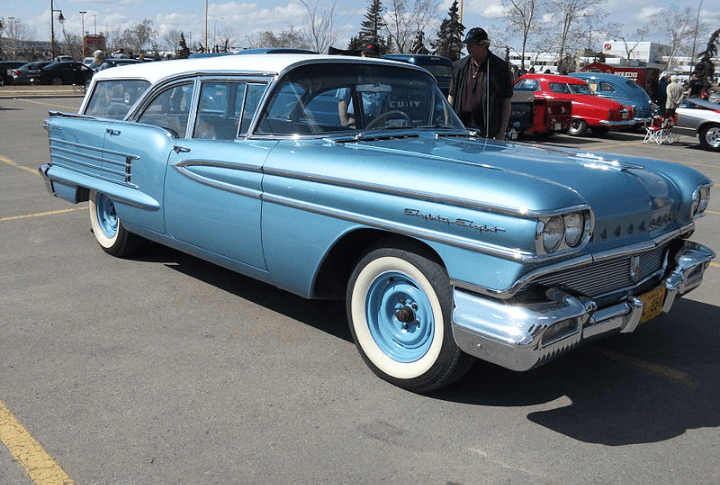
The Fiesta’s arrival marked Old’s return to the wagon market after nearly a decade of inactivity. They released three distinct variations to satisfy the market: a four-door hardtop and a more traditional style with a four-door pillared roof. It also had a generous amount of cargo space when you fold the rear seats, making it suitable for hauling groceries, luggage, or equipment.
1964 Oldsmobile Cutlass 4-4-2
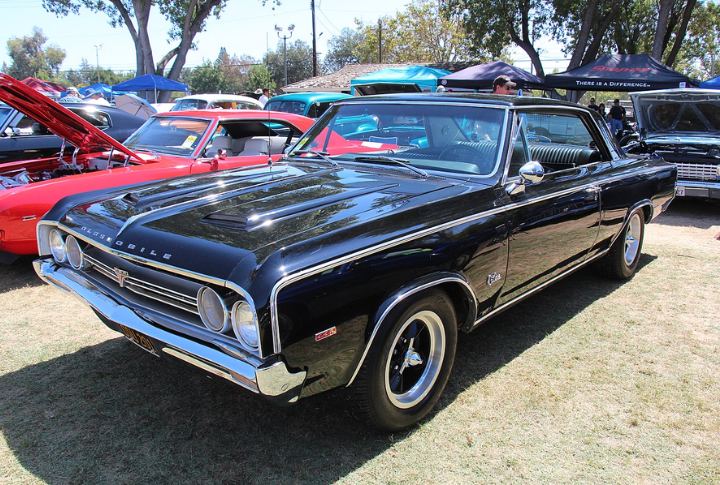
Oldsmobile initially released the 4-4-2 for something other than the public. It began as the B09 police package for their F-85/Cutlass line, featuring a powerful 330 cubic inch V8 engine and heavy-duty suspension to aid law enforcement. However, they saw the potential for performance and transformed it into the iconic Cutlass 4-4-2.
1970 Rallye 350
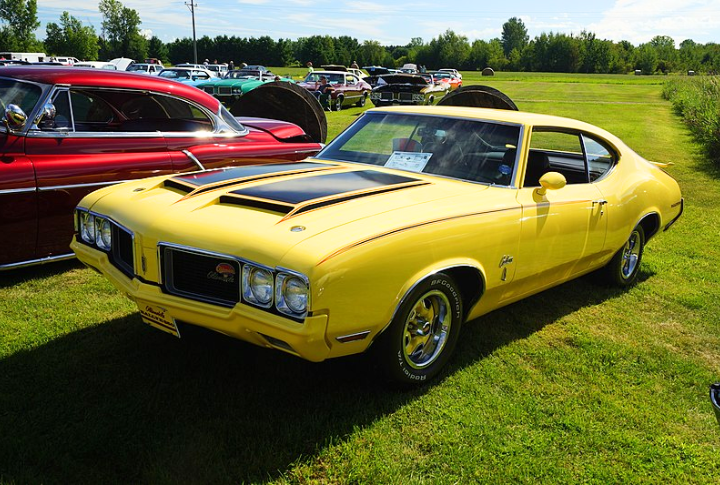
While many muscle cars enjoyed long production runs, the Rallye 350 was a one-year-only special edition. It came at a time when big block vehicles were going extinct, so they introduced a small-block-powered version that still gave people what they needed. Its bold Sebring Yellow paint job wasn’t just for aesthetics; it made the car highly visible on the road, appealing to safety-conscious buyers.
1954 Oldsmobile F-88
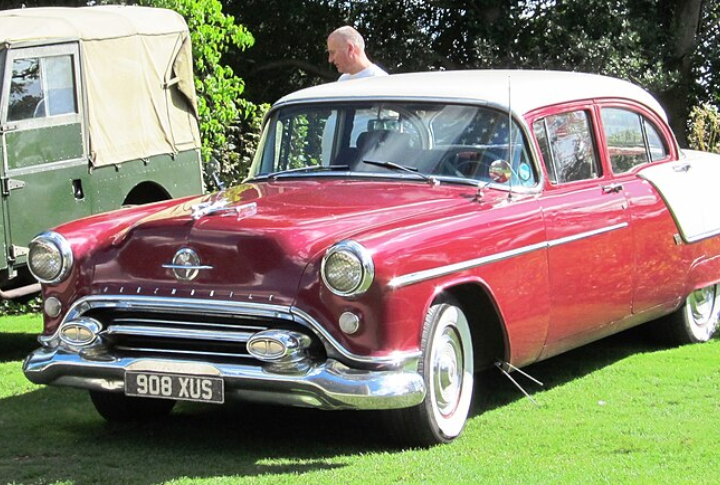
The 1954 F-88 was a dream car that never entirely made it into production, but it influenced the carmaker’s design philosophy. Besides its fiberglass body, the sleek lines, flush headlights, and integrated grille hinted at a future where manufacturers would manufacture cars for style and performance. Gateway Colorado Automobile Museum bought it for $3.24 million at the Barrett-Jackson auction.
Oldsmobile Starfire
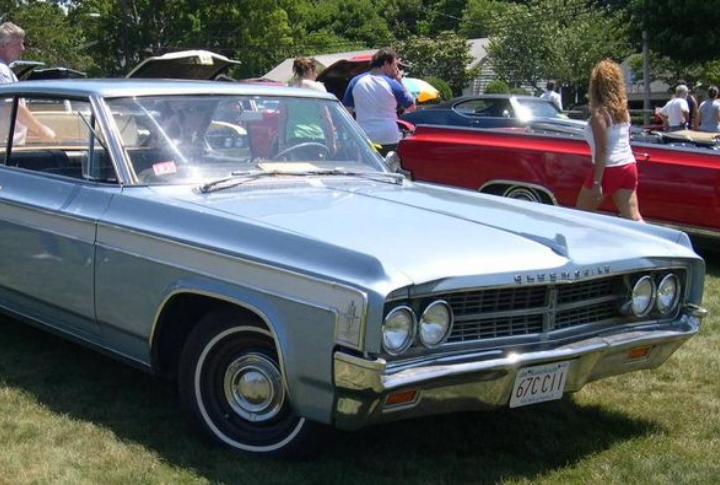
The Starfire wasn’t just one car but a nameplate Olds used across three generations. It debuted in 1954 as a convertible concept car with a luxurious design and robust engines that competed against the Buick Skylark and Cadillac Eldorado. It reappeared in 1975 as a subcompact vehicle as a more practical and fuel-efficient option. The 1985 model year was a two-door coupe with a V6 engine.
Oldsmobile Delta 88
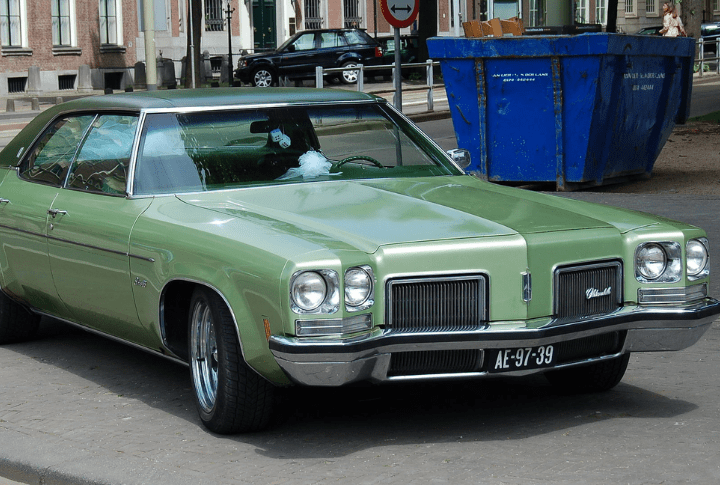
Initially, the Delta 88 was a partially separate model, starting as a higher trim level of the popular Dynamic 88. It had a luxurious interior complemented by a roaring Rocket V8 engine. In the 70s, it transitioned into a more distinct model with a bolder and more squared-off design. The Delta 88 had various body styles, including sedans, coupes, and station wagons, to suit varying needs and preferences.
Oldsmobile Cutlass Supreme SX
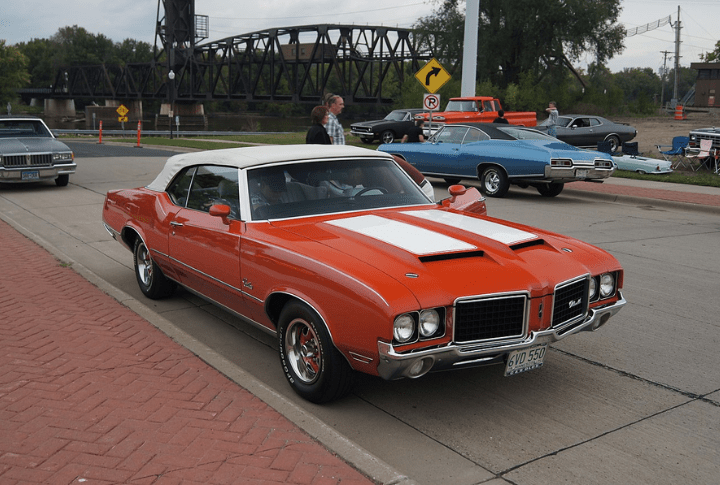
Unlike many brash muscle cars, the Cutlass Supreme SX offered sleeper car vibes. It lacked the usual air induction hoods and stripes, but the chrome exhaust trumpets peeking from the rear bumper hinted at its performance. Although the SX had a Rocket V8 engine, luxury was a plus. It had a comfortable and stylish interior with features like bucket seats, a center console, and air conditioning,

